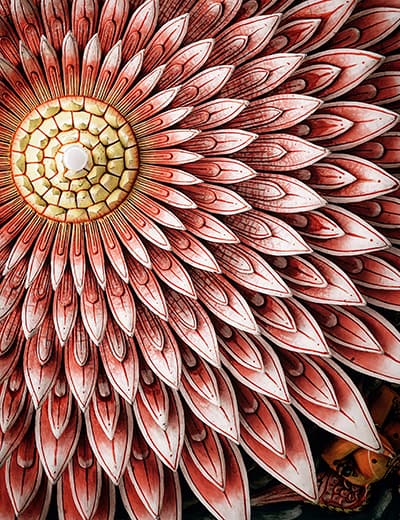When the reader is confronted with a choice, they are choosing between the positive and negative. This choice of their belief can change their reading experience immensely, thus making mythology a much more intense experience than just that which exists between words
NARRATIVES
WEAVING BELIEF THROUGH TIME
South India
There are numerous stories and traditions associated with Indian culture. However, there are certain stories rooted in mythology that have, over time, become universally accepted. In fact, it is this acceptance that helps mythology guide history and consequently the present, for people across the world. Acceptance, it turns out, stems from the beliefs held by people who encounter these stories. It is human nature to accept the stories in concurrence to the beliefs held by us and reject those that challenge them.
It turns out that this dissonance is faced by not only us lesser mortals, but by renowned historians and mythologists as well. Attempting to resolve this issue, they have delved into parts of mythology and spoken at length about how it informs contemporary culture. Mythology’s power to influence our beliefs for the rest of our lives warrants it the kind of dissection it receives. Come to think of it, mythology is not about the dates or the names of the rulers. Rather the stories revolve around the lesson that is held within layers that exist within them.
Speaking about “Rajasthani Stories Retold”, written by Rima Hooja at Jaipur Literature Festival 2017, John Keay elaborated on what sets apart Rima’s stories, “The element of contextualisation that she adds at the end of each story helps bring the story closer to reality and prevents it from just being folklore.” As Rima narrates one of her stories about Narsimha, the lion man, it becomes apparent that the lines between folklore and reality will be blurred in her story.
Rajasthan has always been associated with numerous stories. Rima’s book describes her collection of stories as, “The oral and written traditions are sometimes coloured by the blood of battles, sometimes romantic with the folk-remembered tales of Moomal, Dhola and Maru, Nihal-de and often based on real-life tales of sacrifice and duty of valourous men and women like Maharana Pratap, Prithviraj Chauhan, Jaimal, Patta, Gora, Badal, Panna-dhai, Achaldas Khinchi, Durgadas Rathore and countless ordinary citizens.”
This begs the question, who is to say that the blood battles and the folk remembered tales are not facts? It seems as a way for the authors to grapple with this question when they put down their literary thoughts in the form of stories. In their stories, they blur the line between fact and fiction, foregoing the distinction to instead draw relevant contextual meaning for the reader in a way that helps them resolve the dissonance that sometimes might arise within them.
While there are those who present mythological stories in context to the present, there are others who claim the myth of a story that for the longest time has been considered a historical story. Sanjeev Sanyal, in his latest book, The Ocean of Churn, claims that the great ruler of the Maurya Dynasty, Ashoka never turned into a pacifist. Sanyal is a firm believer of evidence and per the evidence he has discovered, both physical and literary, he predates the ruler’s conversion to the war in Kalinga which is supposed to have turned Ashoka into a pacifist. In face of such a claim, the truth of Ashoka’s story can be contested and be left to the reader to decide what they want to believe. It brings to light that mythology can sometimes act as the motivation to believe in the best. In most popular ancient mythology in India, such as Mahabharata and in modern mythology as well, when the reader is confronted with a choice, they are choosing between the positive and negative. This choice of their belief can change their reading experience immensely, thus making mythology a much more intense experience than just that which exists between words.
Of course, not every mythological translation or story is as controversial as those which come across from Ashoka’s empire. In a fascinating talk between ace mythologist Roberto Calasso and Devdutt Pattanaik at JLF 2017, they delved into the meaning of Vedas and their contextual relevance in today’s world.
“It’s a big mistake to dismiss the Brahmanas as obscure texts focused on abstruse rituals,” said Calasso. “Firstly, they’re the first great example of prose in the world. Secondly, they are fascinating philosophical explorations of consciousness. Modern scientists still know practically nothing about consciousness – if they read the Vedas they would have a shock.”
“The Brahmanas focus on external rituals, but they are a means to inner transformation,” said Pattanaik. “Today, we are mainly focused on the material world. No one talks about the development of the mind. The Vedas are searching not for technical breakthroughs but for psychological breakthroughs, how to get from the form of a ritual to formlessness, not to conquer the world, but to conquer the mind.”
An interesting part of the authors’ conversation was that they spoke about the Vedas being extremely relevant in the development of the mind, which is a huge concern even today. Different minds in a society come together to make up a society and society is influenced by its mythology. Given the roles played by a society’s collective mythology in defining their hopes and ambitions, often mythology replaces facts when defining the narrative of a society’s cultural evolution over years. For a Hindu society, the facts related to Mahabharata and its existence are not as relevant as the stories associated with it and how they have shaped the society. Even today, examples from the dialogue between Krishna and Arjuna on the battlefield of Kurukshetra are given as examples of ‘dharma’.
Over the years, modern mythology’s great influence has increased given that mythology has moved away from just being disseminated orally to other media like literature, movies and technology. In today’s world, where the abundance of information sources itself muddles the existence of facts and people’s belief in them, mythology provides a much-required background to fall back on and design your life around. Mythology has indeed become a route map to society, consumed as fiction and brought to life as a fact of life by the reader.
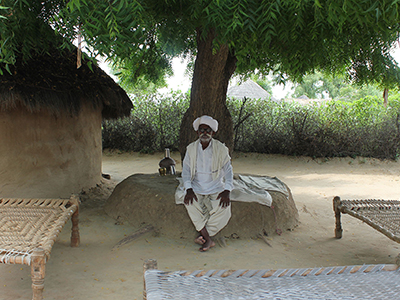
Shajanram, the Bishnoi
Shajanram is a frail little person in his late eighties. Yet he moves gracefully, with the agility of a nearby...
Narrative • North India

Urban Streets of Bangalore
To feel the temperature of a city, I walk around aimlessly at first, just to let the sights, the scents, and the sounds of the place sink in...
Narrative • South India

Light, Lines and Spaces
Delve into our journey with Cereal across Rajasthan and Agra, and discover heritage architecture through the lens of this magazine...
Behind-The-Scenes • North India
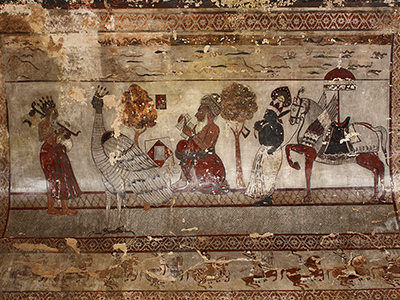
Kingdoms of Old
This journey traces heritage through the remnants of the dynasties that ruled Madhya Pradesh from ancient times till the present...
Bespoke Journey • West India
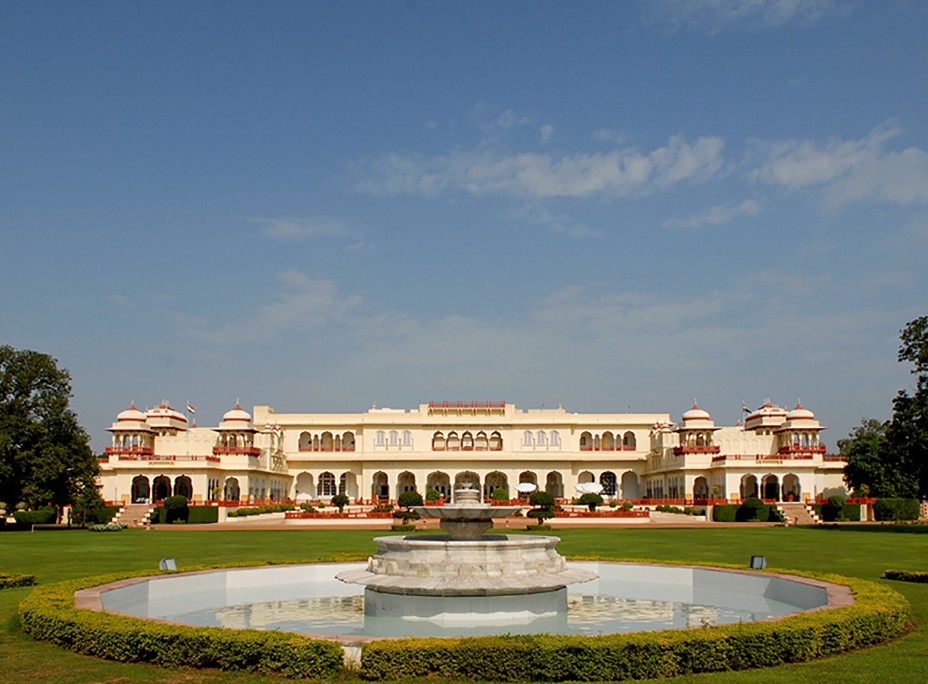
Taj Rambagh Palace
Hailed as the stunning ‘Jewel of Jaipur’, the Taj Rambagh is a palace of transitions. It was built...
Hotel Guide • North India
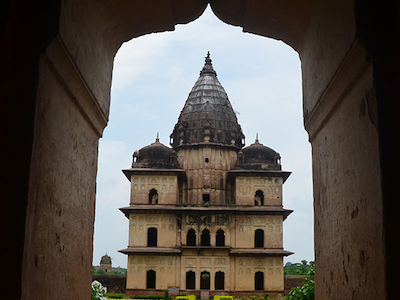
A Sleepy Hamlet
On the banks of the Betwa River, lies a sleepy hamlet named Orchha. It was the capital of the erstwhile eponymous princely state...


